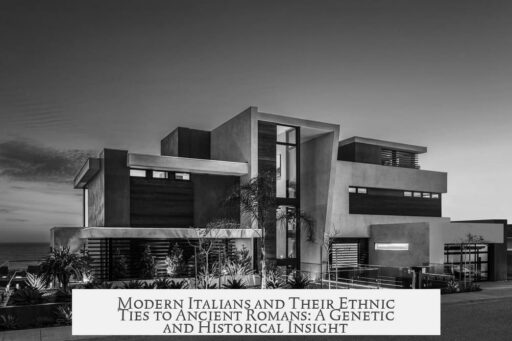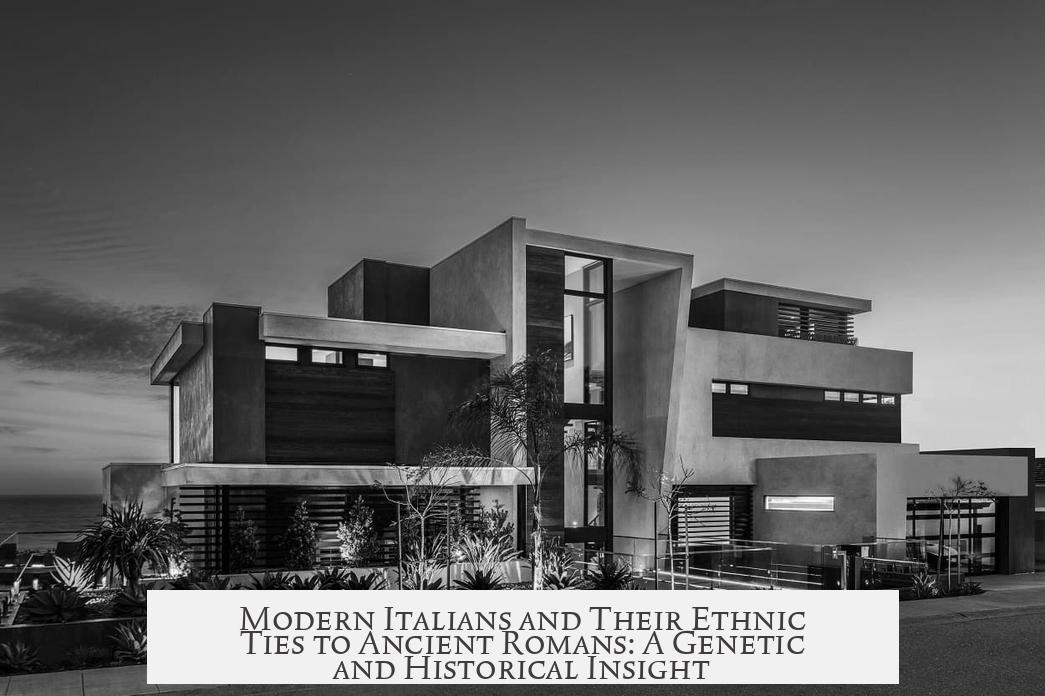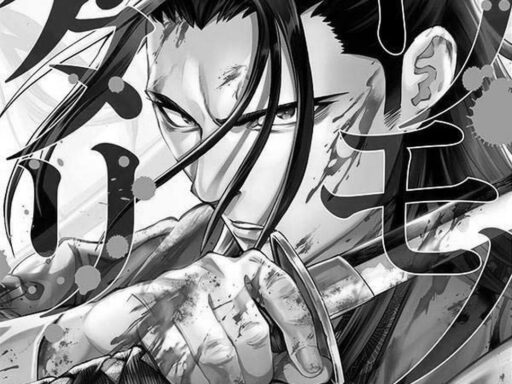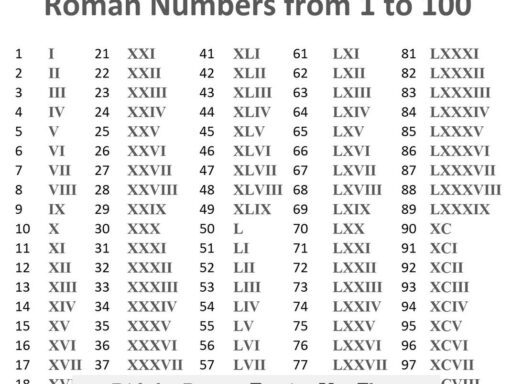Modern Italians are ethnically related to the Ancient Romans to a significant but complex degree, with both continuity and diverse admixture shaping their genetic makeup.

Italy’s population today reflects layers of ancient and medieval ethnic influences. The Ancient Romans themselves were part of a broader tapestry of peoples inhabiting the Italian peninsula long before the rise of Rome. These included Greeks, Etruscans, Celtic tribes, and indigenous Italic groups such as the Latin-Faliscan peoples who formed the core Roman population.
The Roman identity was mainly political and civic, not a singular ethnicity. Citizenship extended across a vast empire spanning Europe, North Africa, and the Near East, bringing in many different peoples under the Roman banner. Ancient “Romans” more accurately refers to people from the city of Rome or holders of Roman citizenship rather than a unified ethnic group.

Genetic studies support this mosaic background. Southern Italians carry gene markers closely linked to Greeks and southern Balkan populations. This connection matches historical records of Greek colonization in Southern Italy and Sicily. Northern Italians show genetic affinity to western Europeans, related to ancient Gallic (Celtic) groups that lived there and later merged with Roman inhabitants. Eastern Italians present genetic ties to western Balkan groups such as Illyrians who historically settled parts of the peninsula.
More recent history adds further complexity. The fall of the Roman Empire brought waves of Germanic migrations and invasions by Visigoths, Vandals, Ostrogoths, and Longobards. These groups integrated with locals, especially in northern Italy, introducing Germanic genetic input and cultural elements while adopting Roman customs and institutions. Their presence shaped the ethnic landscape notably, but did not erase the underlying Roman and Italic lineage.
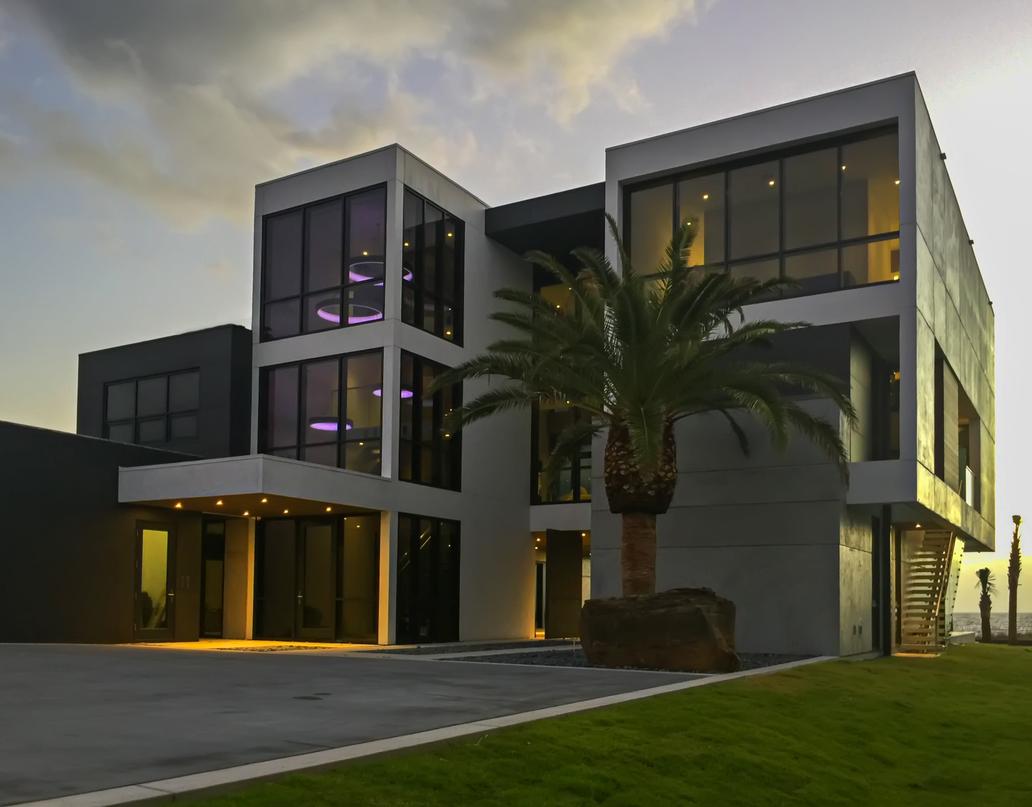
Additional influences arrived in southern Italy and Sicily. Muslim conquests in the 9th century introduced North African, Arab, and Andalusian ancestry during the Emirate of Sicily period. The subsequent Norman conquest expelled Muslim rulers, contributing Norman and other northern European genetic and cultural layers. Trade and mercenary activity brought Jewish and other foreign groups to Italy, adding to the genetic diversity over centuries.
Despite this rich admixture, genetic continuity exists between ancient inhabitants and today’s Italians. Italians retain markers from pre-Roman and Roman populations shaped by millennia of migration, conquest, and cultural blending. The gene pool is a living record of Italy’s complex history.

| Region | Genetic Affinity | Historical Factors |
|---|---|---|
| Southern Italy | Greeks, Southern Balkans | Greek colonization, Muslim influence, Norman conquest |
| Northern Italy | Western Europeans (Celts, Germans) | Gallic settlement, Germanic invasions, Longobard Kingdom |
| Eastern Italy | Balkans (Illyrians) | Illyrian tribes migration |
It is important to clarify the distinction between ancient Roman identity and ethnicity. “Roman” as a label applies politically to a diverse empire population rather than a single ethnic group. Modern Italians descend from many ancient peoples, including those who lived in Rome and the wider Roman Empire. No contemporary group claims exclusive Roman ethnicity, as the empire dissolved over 1,500 years ago.
Despite historical dilution, the underlying genetic landscape preserves connections between ancient and modern populations. Italians today represent a complex ethnic heritage enriched by Romans but also shaped by later migrations, invasions, and cultural exchanges.

- Modern Italians descend partly from Ancient Roman populations, sharing genetic roots with several ancient Mediterranean groups.
- Regional genetic variation in Italy reflects historic Greek, Celtic, Illyrian, Germanic, and Arab influence.
- Roman identity was civic, not ethnic, encompassing many diverse groups across a vast empire.
- Post-Roman migrations introduced new ethnic layers, especially Germanic tribes in the north and Arabs in the south.
- Modern Italians embody a hybrid gene pool revealing continuity and admixture from antiquity to today.
How Closely Are Modern Italians Ethnically Related to the Ancient Romans?
Modern Italians are indeed related to the ancient Romans, but not in a simple, direct way. The relationship is a tapestry woven with many ethnic threads, historical events, and migrations. So, how closely are today’s Italians linked genetically and culturally to those who once walked the streets of ancient Rome? Let’s dive inside this historical gene pool with a modern microscope.

The Genetic Patchwork of Modern Italy: A Regional Tale
Italy isn’t just pasta and well-placed gondolas; it’s a vibrant melting pot. On a genetic level, Italians vary considerably by region, reflecting millennia of waves and mixes of different peoples.

- Southern Italy carries a genetic marker that aligns closer to Greeks and southern Balkans populations. This isn’t accidental. The Greeks colonized much of southern Italy and Sicily, planting the seeds of a shared ancestry that still shows up in DNA today.
- Northern Italy houses a gene pool more similar to Western Europeans, specifically Celtic-descended peoples linked to ancient Gauls. The early northern Italians mingled with Celtic tribes, a fact historically stamped by events like the Gauls’ sack of Rome in 390 B.C.
- Eastern Italy reveals genetic ties to populations from the western Balkans — the result of Illyrian tribes historically living in this part of the peninsula.
This regional genetic mosaic matches the pre-Roman and Roman history of Italy perfectly. The Greeks colonized the south, the Gauls roamed the north, and Illyrians settled near the east. Italy’s DNA map reflects these ancient footprints.
Complex History Creates Complex Identities
But hold on, it’s not just those tribes that shaped modern Italians.
Before Rome turned into an empire, Italy was home to several distinct peoples—the Latin-Faliscan group (including the Romans), Etruscans (Tuscans today), Venetians, Messapians, and Ligurians.
Each group contributed its biological and cultural influences. The Romans themselves were not a singular ethnicity but rather part of a mosaic of indigenous Italian peoples.
Then the Roman Empire expanded over centuries, bringing even more groups under one banner—from Northern Africa to England. “Roman” was, above all, a political identity. Citizenship was the badge, not ethnicity.
Invasions Left Their Genetic Footprints
Italians today also carry the legacy of vast historical invasions and migrations. When Rome fell, the Germanic tribes crashed the party.
- Visigoths, Vandals, Ostrogoths, and Longobards swept through Italy.
- These groups didn’t just annihilate but blended in, adopting Roman laws, customs, even titles.
- Especially in Northern Italy, Germanic genetic contributions run deep.
Later periods brought more guests:
- The Muslim conquest of Sicily introduced North African, Arab, and Andalusian lineages.
- Normans expelled the Muslims but added their own heritage to the mix.
- Trade routes pulled Jewish merchants and mercenaries from various backgrounds into Italy’s cities.
The point? Every wave about a culture or tribe reshaped Italian genetics and identities. The result is a vibrant ethnic mosaic, not a pure strain from an ancient mold.
The Roman Identity: More Than Skin or Genes
Let’s hit pause and think about what “Roman identity” truly means. The ancient Romans aren’t exactly an ethnic group like the Gauls or Etruscans. Being “Roman” was about status—the citizenship granted to people across diverse regions.
One could be a “Roman” citizen from North Africa, Gaul, the Balkans, or Italy itself. Therefore, when we ask how closely modern Italians relate to ancient Romans, we should remember that “Roman” was not a homogenous ethnic label but a political one.
And unlike some groups who still proudly identify as Persians or Greeks today, no modern population explicitly calls itself “Romans.” The empire vanished over a thousand years ago; its people scattered, integrated, and evolved.
Still, many genetic markers and cultural echoes persist beneath the surface, preserved in the DNA strands and dialects across Italy.
How This Translates to Today
So, can you think of a modern Italian grandma as a direct descendant of Julius Caesar? Not exactly. But she very likely carries some genetic legacy from the ancient peoples of Rome and the peninsula.
The connection between ancient Romans and modern Italians is both strong and complex. Italians today are an admixture of Greeks, Celts, Etruscans, indigenous Italians, Roman citizens, Germanic invaders, Muslims, Normans, merchants, and mercenaries.
Rather than a linear link to one ancient group, modern Italian identity is a rich stew—a mosaic blending continuity with new additions over centuries.
So, What Can We Learn From All This?
- Ethnic identity is fluid. Just like Italy’s borders shifted, so did its population’s heritage.
- Roman heritage is more political than ethnic. Being a Roman was about belonging to a vast empire that embraced diversity.
- Modern Italians and ancient Romans share biology and culture, but also with many other groups. Expect a lively genetic cocktail!
It’s a reminder that history, genetics, and identity are far from simple. The past lives on in unexpected ways—sometimes in your genes, sometimes in your family stories, and always in the culture you inherit.
Next time you pass a Roman ruin or sip an espresso in Rome, remember: you are walking through layers of time, inhabited by echoes of peoples from across millennia. That makes you, quite literally, a part of history.
Additional Thoughts
DNA studies of ancient and modern Italians continue to uncover more nuances. For history buffs or those curious about their roots, exploring genetic genealogy can reveal fascinating connections.
For travelers and cultural enthusiasts, knowing this tangled heritage enriches the experience of Italy far beyond pizza and gelato.
Ever wonder if your last name or family traditions echo ancient Roman customs? While direct links may be rare, traces of the empire’s legacy ripple through Italian language, law, and society even today.
In the end, the story of Italian ethnicity is less about pure lines and more about shared journeys—a blend of resilience, adaptation, and identity shaped by the pulse of history.
Are modern Italians direct descendants of the ancient Romans?
Modern Italians descend from many groups in ancient Italy, including Romans. But they also have genetic ties to Greeks, Celts, Etruscans, and others. The Roman identity was more political than ethnic.
How did historical invasions affect the ethnic makeup of Italians?
Invasions by Germanic tribes, Muslims, and Normans added new genes and cultures. Germanic influence is strong in northern Italy. The mix grew more complex over centuries.
Is there a clear genetic link between ancient Romans and people in southern Italy?
Southern Italians are genetically closer to Greeks and Balkan populations. This fits with ancient Greek colonization in the region, showing regional genetic patterns that match history.
Did the Roman Empire represent one ethnic group?
No. The Roman Empire included many ethnic groups across Europe and Africa. “Roman” identified citizenship and politics, not a single ethnicity.
Why don’t modern Italians identify as Romans?
The Roman Empire ended over 1,000 years ago. Modern identities have changed. The mix of peoples and loss of political unity means few see themselves as direct descendants in name.
